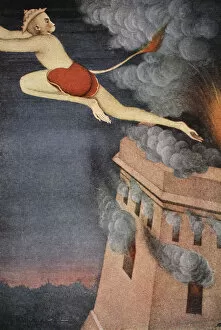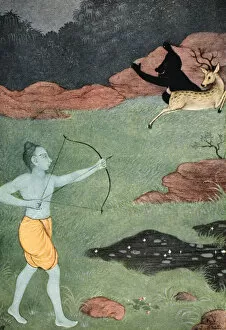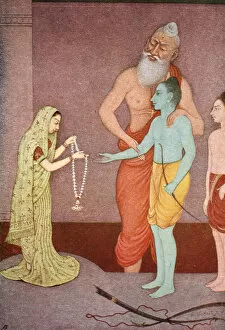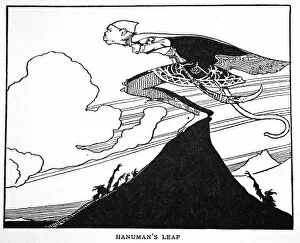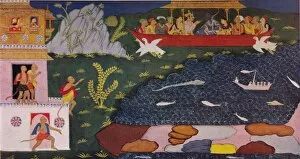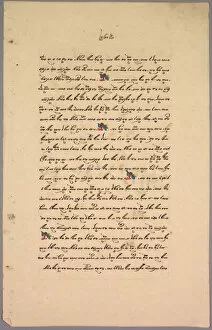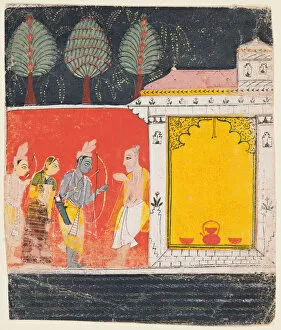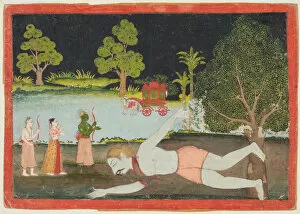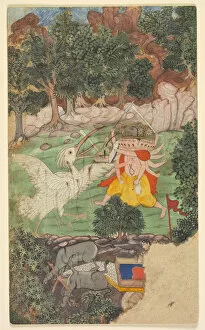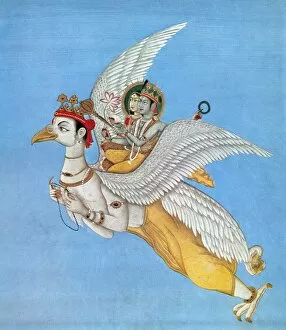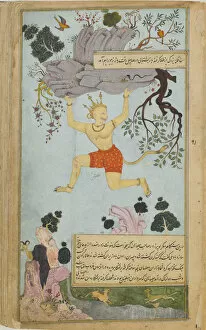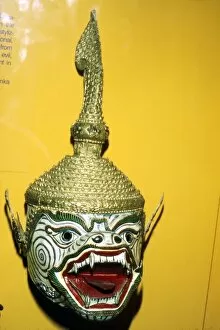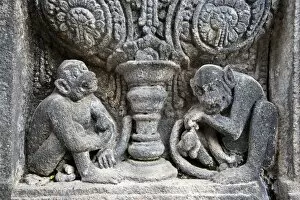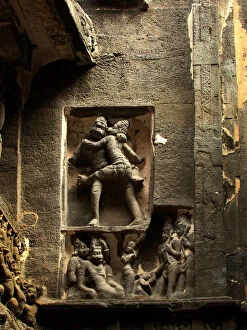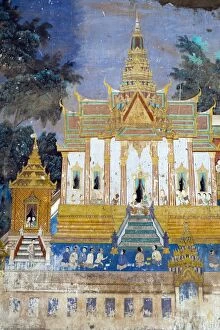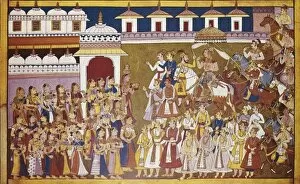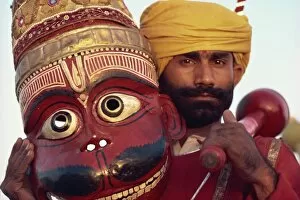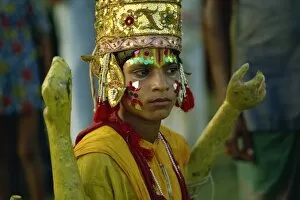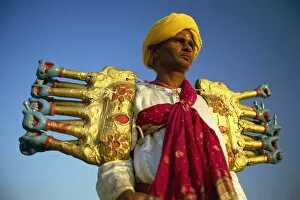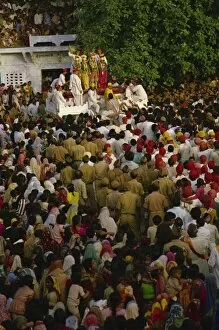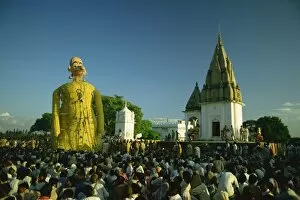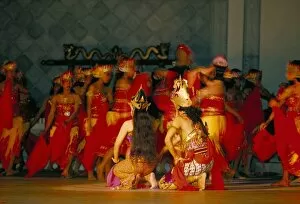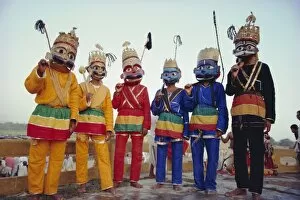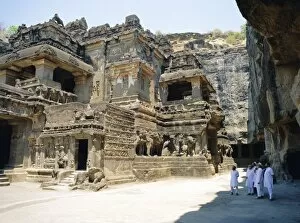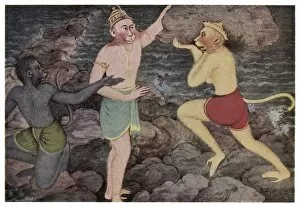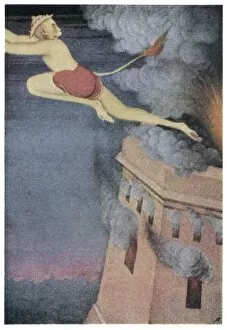Ramayana Collection (#3)
The Ramayana, an ancient Indian epic, has left its mark on various cultures and art forms across Southeast Asia
For sale as Licensed Images
Choose your image, Select your licence and Download the media
The Ramayana, an ancient Indian epic, has left its mark on various cultures and art forms across Southeast Asia. In the Royal Palace of Phnom Penh, Cambodia, a stunning mural depicting scenes from the Ramayana adorns one of its walls. The vibrant colors and intricate details transport viewers to a world filled with gods, demons, and heroic characters. One such hero is King Dasaratha, who can be seen leading his retinue in a grand procession towards Rama's wedding in a folio from the Shangri. The scene captures the regal splendor and anticipation surrounding this auspicious occasion. Another captivating moment depicted is Jatayus' valiant fight against Ravana. This battle between good and evil showcases bravery and loyalty as Jatayus tries to rescue Sita from her captor's clutches. Hanuman, the devoted monkey god known for his unwavering devotion to Lord Rama, also takes center stage in many portrayals of the Ramayana. His boundless strength and intelligence are celebrated through artistic representations like sculptures or paintings found at Prambanan Temple in Indonesia or even on masks from Bali. The influence of the Ramayana extends beyond Cambodia and Indonesia; it reaches Thailand too. At Wat Phra Kaeo within Bangkok's Royal Grand Palace complex lies yet another mural showcasing key moments from this epic tale. These murals serve as visual narratives that bring alive stories passed down through generations. In addition to murals capturing pivotal scenes from the Ramayana story, there are also colorful Balinese renditions on cloth or canvas that depict significant events like Subali's war with Sugriwa or simply showcase Rama himself as portrayed by traditional masks. Through these diverse artworks spread across different countries in Southeast Asia, we witness how deeply ingrained the Ramayana is within their cultural fabric. Its timeless themes of love, honor, sacrifice continue to resonate with people, transcending borders and generations.

